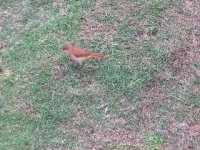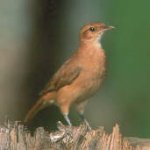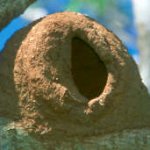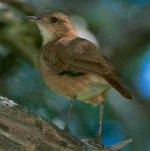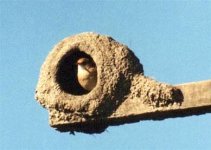Charles Harper
Régisseur
Well, folks, at last my turn to ask for help. I don't have a South American FG, and my non-birding daughter just sent me this photo, asking what it is. It was taken in Colonia, Uruguay. and it looks like a common, garden-variety something-or-other. From my own knowledge, I can't even figure out the family. Is it a female icterid? It is a passerine, I'm sure....




